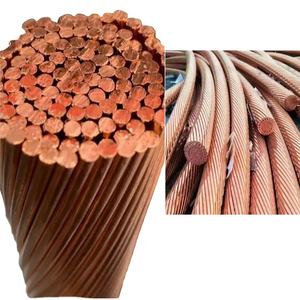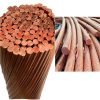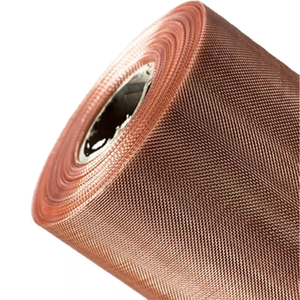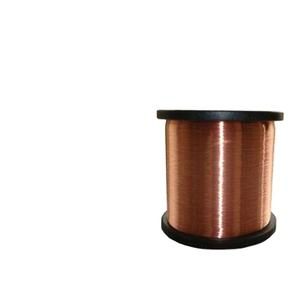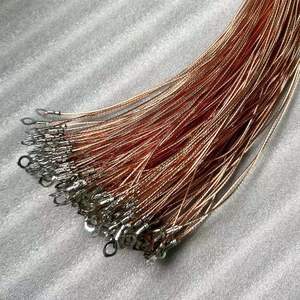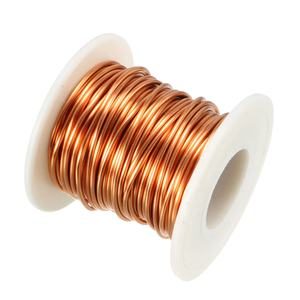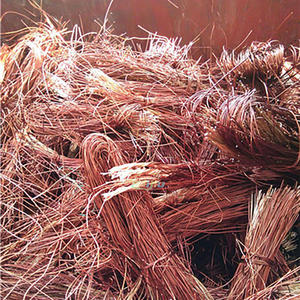
(copper wire scrap)
Parameters of copper wire scrap
The copper wire scrap refers to the metal scrap that has been removed from production processes, recycling facilities, and other industrial settings. It is made up of copper wire or its mixture, which is often used in electrical circuits, electrical components, and other electronic devices.
The amount of copper wire scrap can vary depending on various factors such as the industry, the level of purity required for recycling, the length of the wire, and the type of recycling process. Some countries have specific regulations and guidelines for the amount of copper wire scrap that can be recycled.
Some common parameters that affect the amount of copper wire scrap that can be recycled include:
1. Type of copper wire: Different types of copper wires require different processing conditions and recycling methods. For example, higher-grade metals may require more advanced sorting techniques, while lower-grade metals may require less sophisticated equipment.
2. Length of wire: The length of the copper wire scrap can also impact its recycling potential. If the wire is too long, it may not meet the requirements for recycling, leading to reduced efficiency and increased energy consumption.
3. Scraping rate: The amount of copper wire scrap that can be collected per day or per week can also influence its recycling value. Smaller quantities of scrap can provide higher rates, while larger quantities may be more difficult to process and extract from waste materials.
Overall, the amount of copper wire scrap that can be recycled depends on the specific criteria and regulations set by the government or industry. However, some efforts are being made to promote sustainable and environmentally friendly waste management practices by reducing the use of scraping and improving recycling technologies.
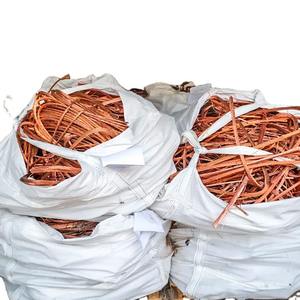
(copper wire scrap)
Applications of copper wire scrap
-
Electrical Wiring: Used extensively in building wiring for lighting, heating, and power distribution due to its high conductivity and safety.
-
Electronics: Found in PCBs, transformers, motors, and various electronic components where precise signal transmission is crucial.
-
Telecommunications: Copper wires, especially twisted pairs, are used in telephone lines and data transmission cables.
-
Power Transmission: Thicker copper wires are used in power grids for transmitting electricity over long distances.
-
Automotive Industry: Copper wiring is essential in vehicles for the electrical system, including ignition, lighting, and control systems.
Company Profile
Copper Channel is a trusted global metal material supplier & manufacturer with over 12-year-experience in providing super high-quality copper products and relatives products.
The company has a professional technical department and Quality Supervision Department, a well-equipped laboratory, and equipped with advanced testing equipment and after-sales customer service center.
If you are looking for high-quality copper materials and relative products, please feel free to contact us or click on the needed products to send an inquiry.
Payment Methods
L/C, T/T, Western Union, Paypal, Credit Card etc.
Shipment
It could be shipped by sea, by air, or by reveal ASAP as soon as repayment receipt.
FAQs of copper wire scrap
Q: Why is copper used more than other metals for wiring?
A: Copper’s high conductivity, combined with its relatively low cost compared to precious metals like gold or silver, makes it the preferred choice for electrical wiring applications.
Q: Is copper wire scrap insulated?
A: No, not all copper wires are insulated. Bare copper wire is used in grounding applications and where direct contact with other conductive materials is intended.
Q: How do you determine the gauge of a copper wire scrap?
A: The gauge of a copper wire scrap refers to its diameter and is typically measured using the American Wire Gauge (AWG) system, where a lower number indicates a thicker wire.
Q: Can copper wire scrap be recycled?
A: Yes, copper is highly recyclable. Old or scrap copper wire can be melted down and reused without losing its properties, making it an environmentally friendly material.
Q: What is the difference between stranded and solid copper wire?
A: Solid copper wire consists of a single, unbroken strand, whereas stranded copper wire is composed of multiple thinner wires twisted together, providing increased flexibility and durability, especially in applications where frequent movement or bending occurs.
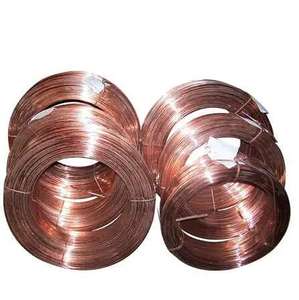
(copper wire scrap)
